Content:
Breeders have been trying for a long time to bring out a new fruit tree that would give the maximum yield, while occupying the minimum garden area. This work culminated in the creation of columnar hybrids. Plum, pear, cherry, peaches of this group are small in size. In 1960, a gardener noticed a branch mutation on a Macintosh apple tree. After some work with the collected buds, the first apple was obtained from the columnar hybrid Macintosh Vazhek.
Apple-tree columnar: varieties for the Moscow region
At the moment, there are many types of such apple trees. They differ from each other in the size of the fruits, taste, and ripening periods (summer, autumn and winter species). Almost all of them are self-fertile. When ripe, their branches are directed vertically upward, which makes the plants look like columns. This is where the name comes from.
Almost all of these plants have high yields. But, in order to get the desired result, you need to choose the right trees for your site.
Which apple trees are suitable for the Moscow region?
The best varieties that can withstand the climate of central Russia:
- Bolero;
- Arbat;
- Nectar;
- Tiania;
- Moscow necklace;
- Gin;
- Vasyugan.
The apple tree Medoc allows you to harvest at the end of August, Titania, Jin and Vasyugan bear fruit in the fall, and Bolero and the Moscow Necklace provide fruit for the winter. Any of these varieties can be used as decorative to decorate gardens, parks or alleys. Their branches are hung with beautiful buds during flowering, which are replaced by fruit, pleasant to the taste and appearance.
To find out which apple trees are best planted in a dacha in the Moscow region, you need to compare their technical parameters. For this, data on their fruits are well suited:
- The most popular hybrid among gardeners is the Medoc columnar apple tree, which has yellow apples. They taste sweet and have a honey aroma. They have a coarse-grained internal structure, hard skin. The mass ranges from 0.1 to 0.25 kg. They are used for the manufacture of dried fruits and preservation for the winter.
- The President hybrid produces fruits of a pale yellow-green color with a purple tint. The spherical fruits have a sweet and sour taste. Their weight ranges from 0.14-0.25 kg. Like Medoc, the President is a summer variety.
- The apples of the autumn variety Vasyugan are colored red and green. They have a fine-grained internal structure. The weight reaches 0.15 kg.
- The fruits of the Gin hybrid (autumn species) weigh up to 0.2 kg. Painted in bright red tones. The inside is juicy, but quite firm flesh. Sweet and sour but tasty fruit.
- Titania apples weigh up to 0.11 kg and are colored in scarlet tones. The pulp is white with a wine flavor.
- The winter Bolero hybrid has a juicy but firm white flesh. Fruit weight reaches 0.2 kg. The skin is green.
- The Moscow necklace is distinguished by uniform red color of fruits, the weight of which reaches 0.25 kg. They taste sweet.
- Arbat produces fruits weighing up to 0.11 kg of bright cherry color.
Having studied these data, any gardener will be able to choose columnar apple trees for his plot. The varieties for the Moscow region are also suitable for other regions located in central Russia. A distinctive feature of these hybrids is a thickened shoot, in which internodes are greatly shortened. Therefore, a compact crown forms on the trees, forming a structure similar to a green column.
To purchase seedlings, it is better to contact any nursery near Moscow, where the quality of products is guaranteed. However, some, in an attempt to save money, buy untested seedlings, for example, the Chinese columnar hybrid. It is adapted to the climatic conditions of its country, therefore it may not be suitable for breeding in a region like Moscow.
How to grow such trees in a summer cottage
For self-cultivation of a culture, you need to know all its advantages and disadvantages.
The advantage of plants of this type grown in Russian conditions is:
- Almost all existing varieties of apple trees for the Moscow region are adapted for cultivation on soils common in the region. Their seedlings root well and quickly adapt to a new place.
- Another positive characteristic of these hybrids is the ability to tolerate the sharp drop in temperature that often occurs in early spring. The frost-resistant variety Moscow necklace tolerates the cold best of all, although another winter-hardy species, Bolero, is also suitable for the summer cottage.
- The advantage of columnar plants is the free human access to any fruit that grows on the tree. This is because any such hybrid is undersized, which makes it possible to harvest without ladders.
Disadvantages:
- Care of the seedlings is required for the first 2 months after planting. The farmer should carefully study the description of the care of the planted hybrid. The sprouts require constant moisture in the near-stem zone. Watering is carried out 3 times in 6-7 days.
- Young trees should be planted before winter comes. To do this, you will have to make a special trench so that it keeps the snow near the seedling.
The growth of trees is carried out annually due to the appearance of side branches from the uppermost bud. Pruning of columnar hybrids is practically not carried out, although these procedures are sometimes necessary to reduce the density of foliage. For the rejuvenation of the branches, it is better to carry them out once every 2-3 years.
Apple trees for the Moscow region, the best varieties of which are desirable to grow on fertile loamy soils, are planted in early spring. For a seedling, a hole is dug about 100 cm deep and 0.8 m in diameter. Peat, manure (4-6 kg) or compost and sand are placed in it. Planting is carried out so that the root collar of the plant is at ground level. Around them make a root ditch with a shaft, pour water, make sure that this place does not dry out. When installing a tree in place, its roots must not be bent. Experts advise mulching the top soil layer. Peat, old leaves are suitable for this. To prevent the top of the seedling from freezing in winter, watering at the end of summer must be excluded, and nitrogen fertilizers must be added to the soil in the fall.
Watering is carried out until the last days of summer. Each tree takes 40 liters of water. When the plants begin to bloom, you need to increase the intensity of irrigation, and during fruiting, reduce it by 1.5-2 times. In case of drought, on the contrary, increase by 2-3 times.
The apple orchard should consist of hybrids of different varieties. Although experts recommend breeding different types from each other. Even for columnar apple trees, the cultivation of close crops is used. This is necessary for the fertilization of trees, otherwise the harvest may not wait. In order for the plants to self-pollinate, you need to plant at least 3-4 types of columnar types. It is better to choose such a combination of seedlings, which consists of early types (yield in summer), mid-ripening types (fruits are obtained in autumn) and late ones, producing fruits in late autumn.
If the gardener does not have this opportunity, then he will have to attract insects. The best pollinator for the garden is the bee.First, the summer resident must find out if there is an apiary nearby. Then, to attract them to the site, a honey solution is applied to the leaves and trunks of the seedlings (1 teaspoon of honey per 1000 ml of water). This method allows all female flowers in the trees to be fully fertilized.
Diseases, pests, prevention
Regardless of the variety, all hybrids are attacked by garden parasites or are affected by infections. For example, the Medoc columnar apple tree is often attacked by pests such as:
- apple moth;
- color beetle;
- honeydew;
- aphid.
To protect yourself from the first parasite, you need to remove the carrion in time, bury it in the soil. If the moths were massively parachuted in the garden, then 2 weeks after the flowers appear, the trees are sprayed with a mixture of biorin (9 ml), mitak (30 g), sumi-alpha (4.5 g), kinmix (2.4 ml), zeta and inta-vir, 1 tablet. All are stirred in 10 liters of water.
To destroy the flower beetle (this is the most dangerous enemy of apple trees), the processing of branches begins from the moment the buds open.
The sucker larvae are eliminated by processing the hybrids with tobacco infusion. If this did not kill the pests, then it is recommended to use a solution of the mitak preparation (30 g per 1 bucket of water) to destroy them.
Aphids are eradicated with a mixture of 2 ml of kinmix and 9-10 liters of water. After 15-20 days, the treatment is repeated, but a solution of intavir is used (1 tablet per 1 bucket of water).
Scab is a scourge for all fruit trees. To prevent the disease from developing, you need to choose varieties resistant to it, for example, Arbat. They fight the disease from early spring by treating the sprouts with Bordeaux liquid (3% solution). When the flowers bloom, the branches are sprayed with a fast preparation (1 ampoule per 1 bucket of water).
To get a delicious fruit, you need to not only choose the right variety, but also take care of it. If these conditions are met, then any summer resident can count on a good harvest from any number of planted trees.
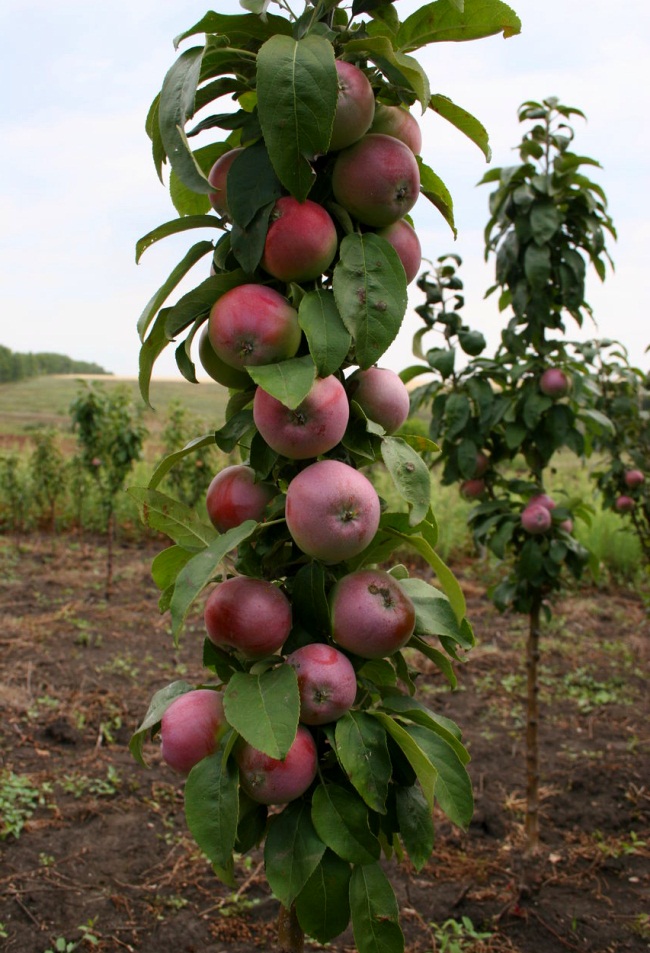
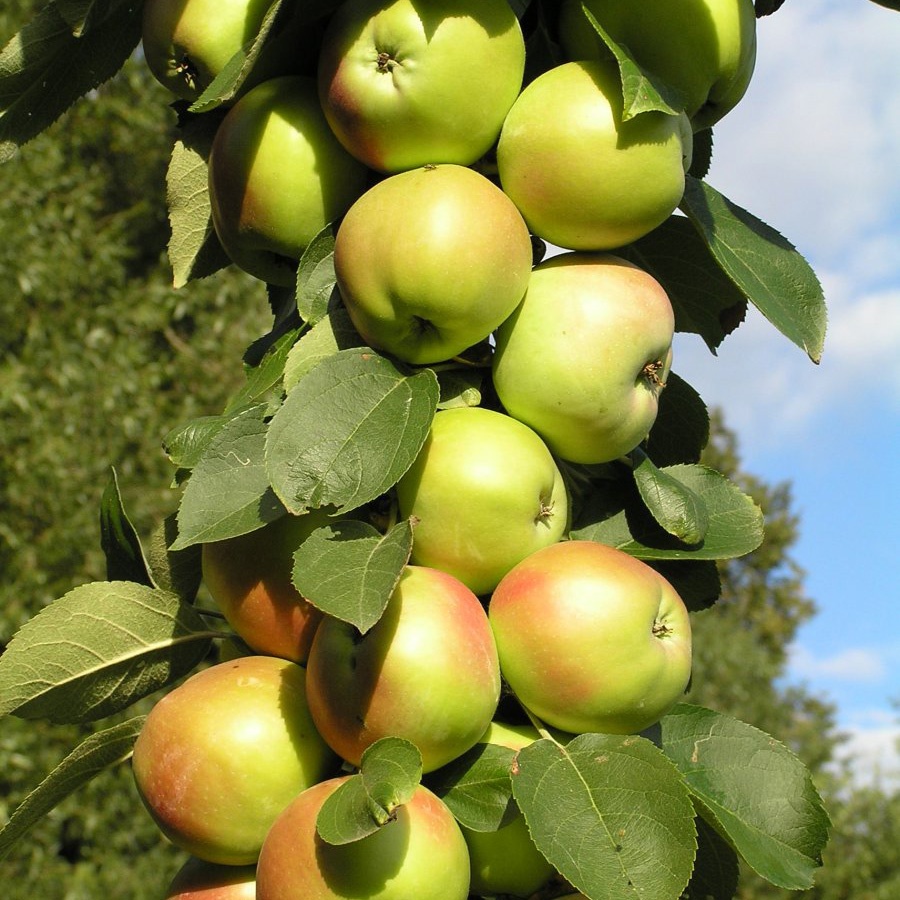
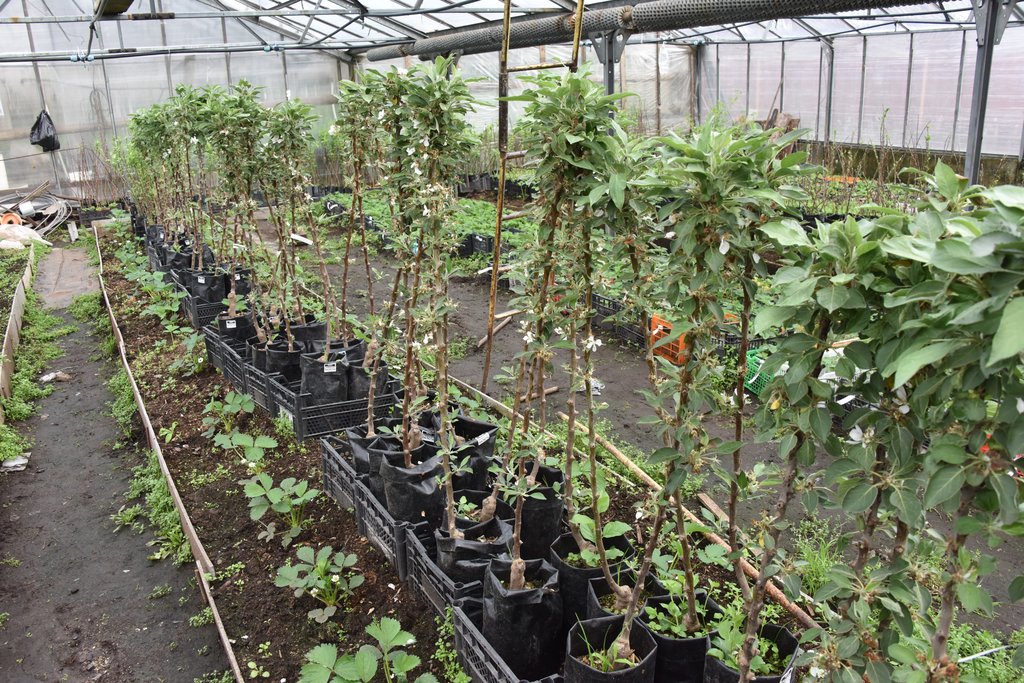
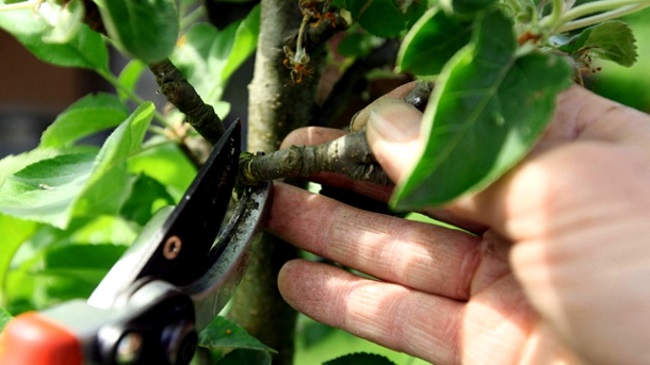
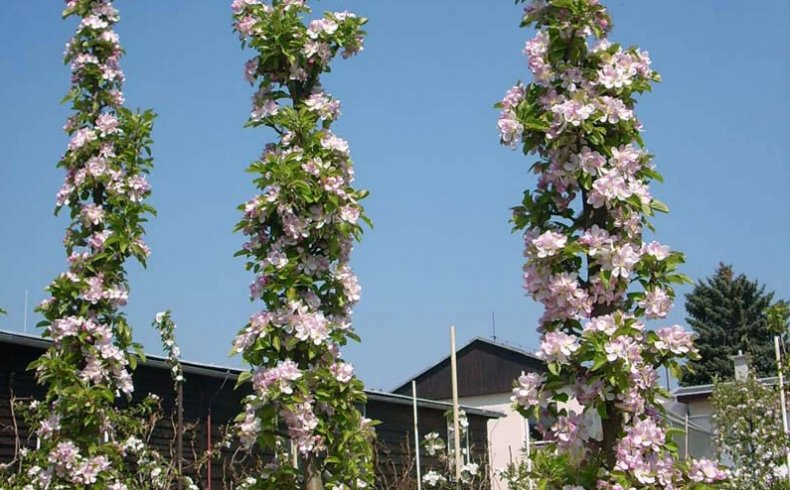

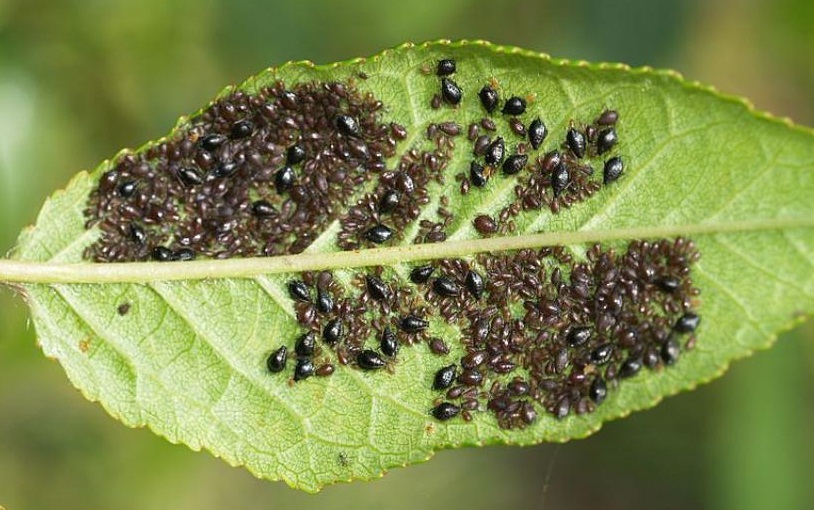
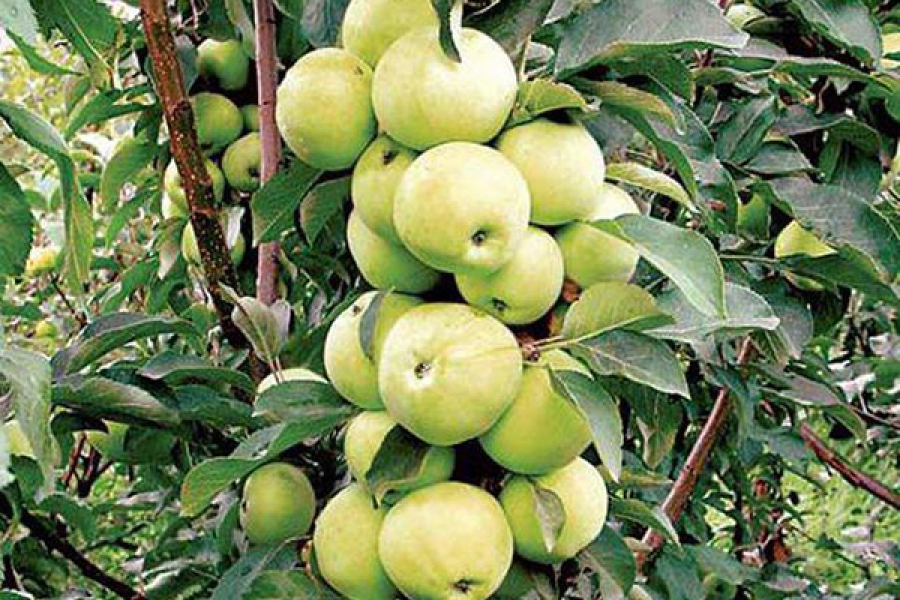
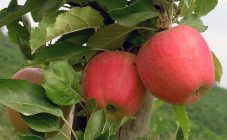
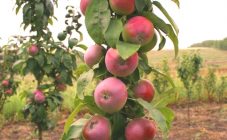
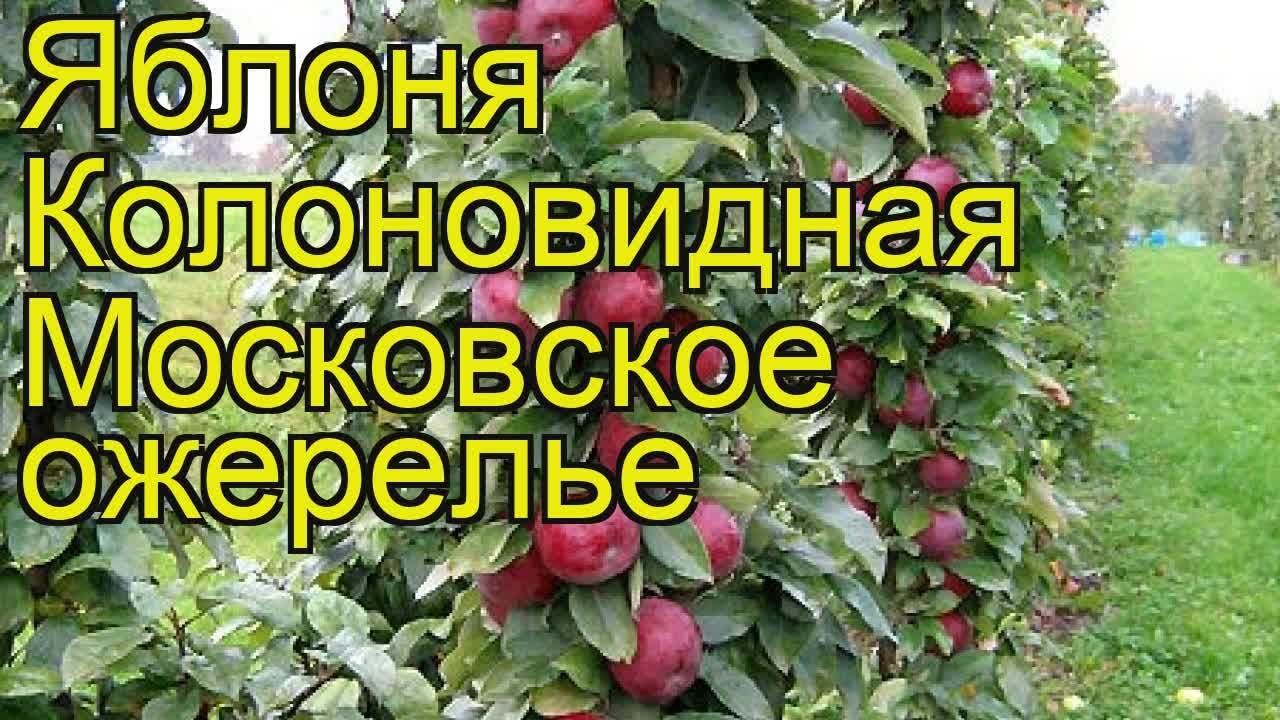
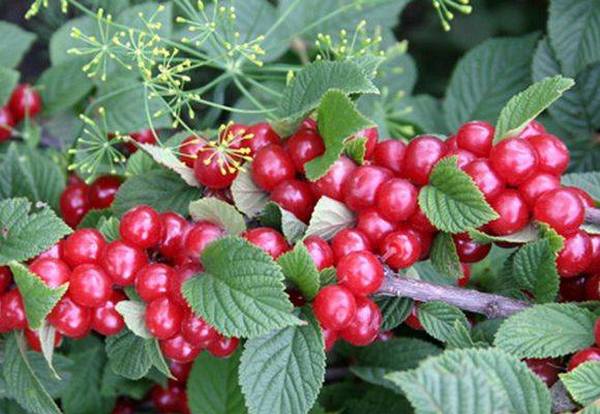
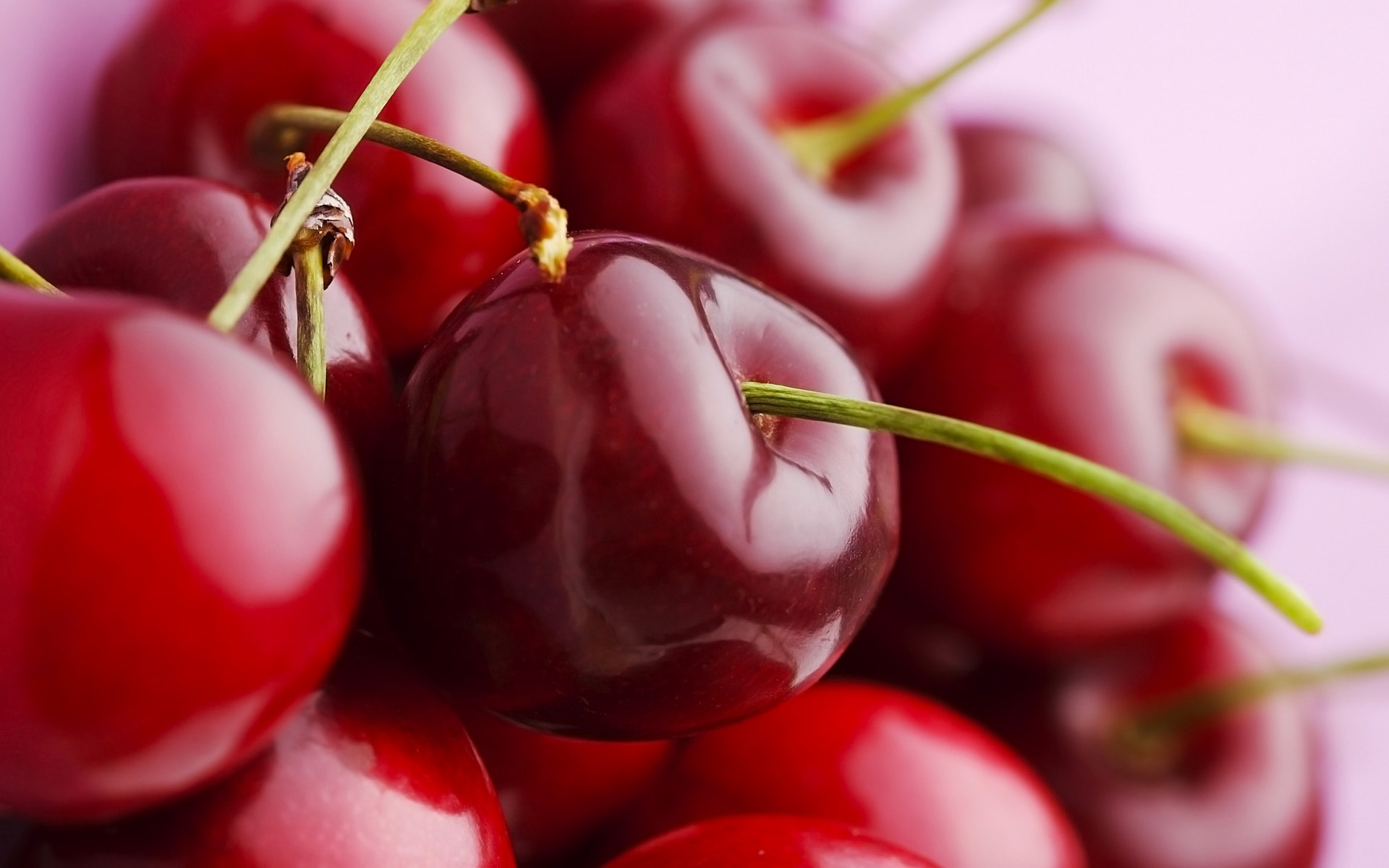







Just information for thought. At my dacha, I have two varieties of columnar apple trees: Medok and Moscow necklace. The apples are delicious, and the Moscow necklace is also well kept. But the aphid attacked, could not get rid of it. Now I will try to carry out the treatment with an inta-vir solution.